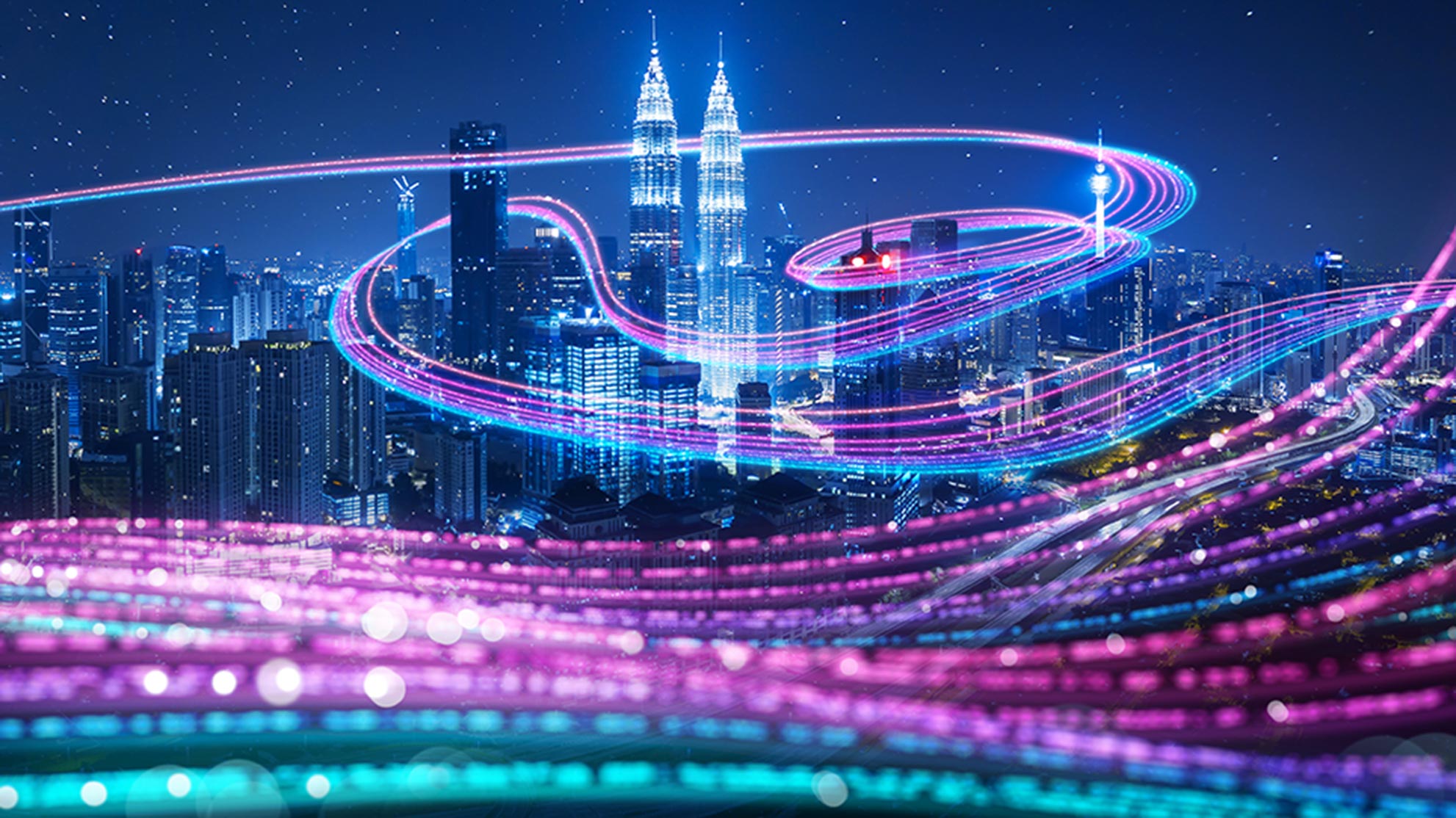
16 Jun SAY CHEESE! EXPLORING THE FUTURE OF IMAGE CAPTURE AND IMAGING
Visual technology has experienced rapid advancements in recent years, remaking the way we create, share, and interact with visual content. From smartphones to drones, innovative visual solutions are becoming more accessible and powerful than ever before. So I figured there’s no better time than the present to discuss what’s happening with the future of capture and imaging, and how these technologies could reshape the visual landscape.
What’s Next? – Think Hi-Rez and Computational Photography
As camera sensors and processing capabilities continue to improve, high-resolution imaging will become increasingly commonplace. This will enable photographers and videographers to capture more detail and dynamic range, resulting in richer and more lifelike images.
As for computational photography, it combines multiple images or exposures to create a single, optimized photo – and will also play a significant role in the future of capture and imaging. By leveraging advanced algorithms and machine learning, related techniques will enhance image quality, reduce noise, and improve low-light performance.
More Interactive and In-Depth Imaging
Of course, 360-degree cameras and virtual reality (VR) technology are already completely reinventing the way we capture and experience visual content. Looking ahead, these new solutions will increasingly make it possible for users to create immersive content with ease.
Keep in mind that integration of 360-degree imaging with VR and augmented reality (AR) technologies will also create new possibilities for storytelling, advertising, and entertainment. Users will be able to explore and interact with virtual environments, providing an unprecedented level of immersion and engagement.
Innovations in Mobile Devices and Portables
On top of this, smartphone cameras have rapidly evolved, becoming the primary imaging device for many people around the world. With the integration of AI, machine learning, and computational photography techniques, mobile devices’ imaging sensors and photo-taking will continue to advance, rivaling the image quality of dedicated cameras.
Tomorrow’s smartphone camera innovations may include multi-lens systems for enhanced optical zoom capabilities, advanced depth-sensing technology for improved portrait mode and AR applications, and AI-powered image processing for automatic scene recognition and optimization.
Robots and Automated Imaging
Note that drone technology has revolutionized aerial photography and videography, making it accessible to both professionals and enthusiasts alike. As drone technology advances, you can bank on further improvements which will be coming in flight stability, image quality, and obstacle avoidance capabilities.
Furthermore, the development of compact, lightweight imaging sensors will enable drones to capture higher-resolution images and videos, while improvements in battery life and wireless transmission will allow for longer and more versatile flights. These advancements are sure to make it possible for every level of user to capture stunning aerial content with greater ease and precision.
The Smart Technology Revolution
No surprises here either: AI and machine learning are poised to rock the future of capture and imaging too. By analyzing and optimizing image data, AI-powered algorithms can enable cameras to automatically adjust settings, recognize subjects, and enhance image quality in real-time.
Beyond this, machine learning can also be applied to image editing and manipulation, automating time-consuming tasks and streamlining the creative process. For example, AI-powered tools may automatically remove unwanted objects from images or perform advanced color grading with minimal user input.



